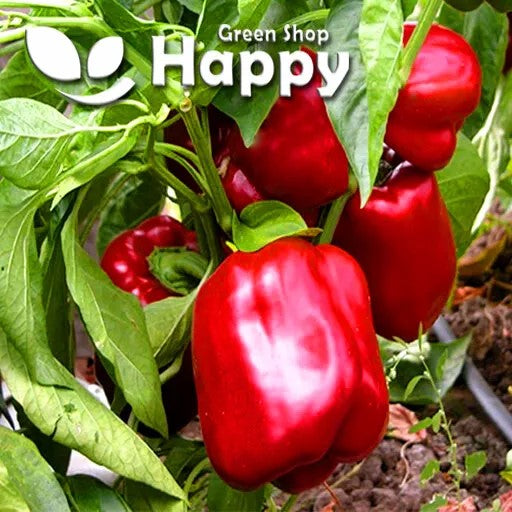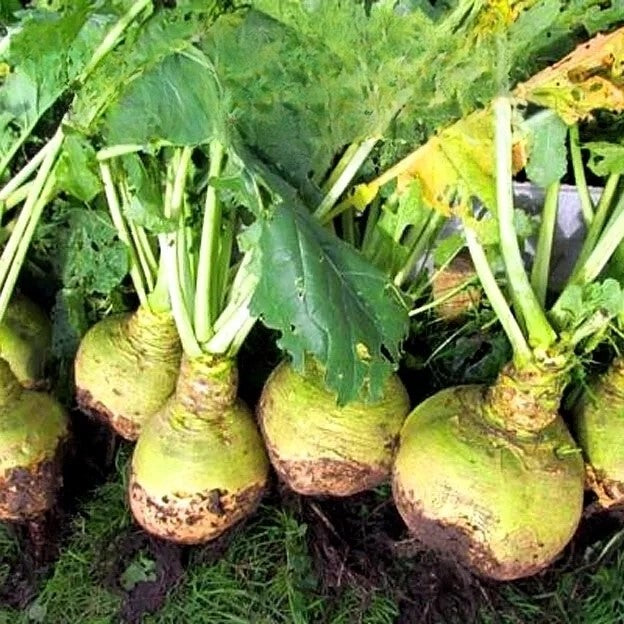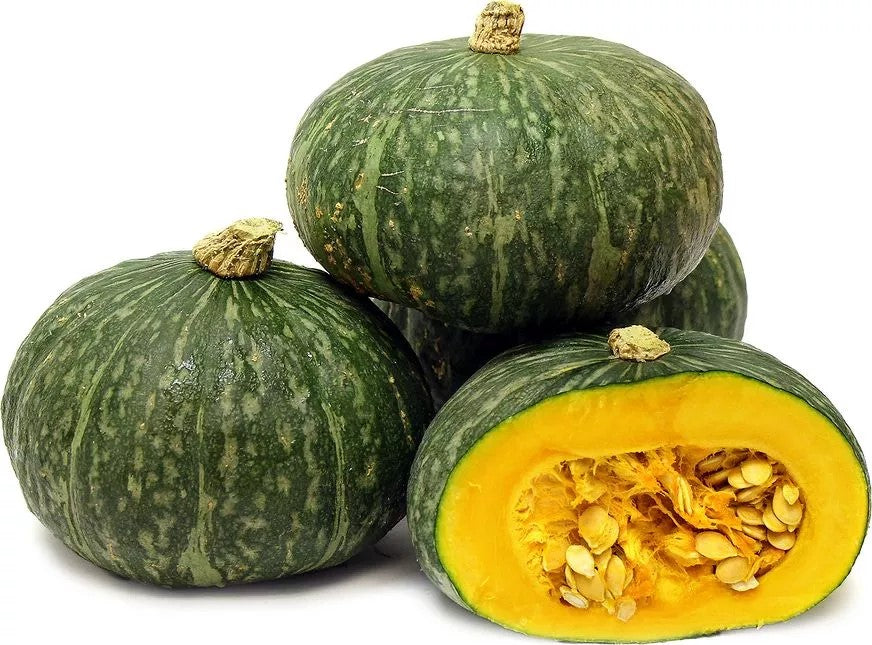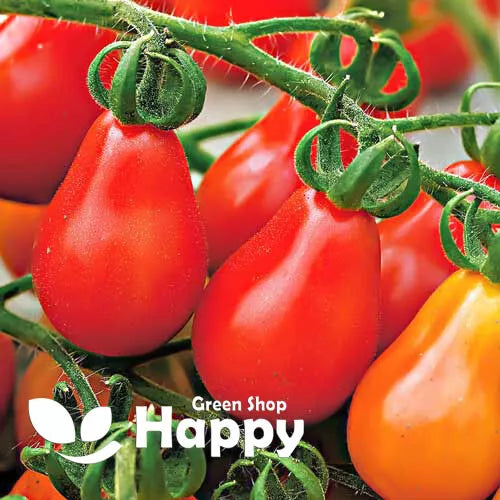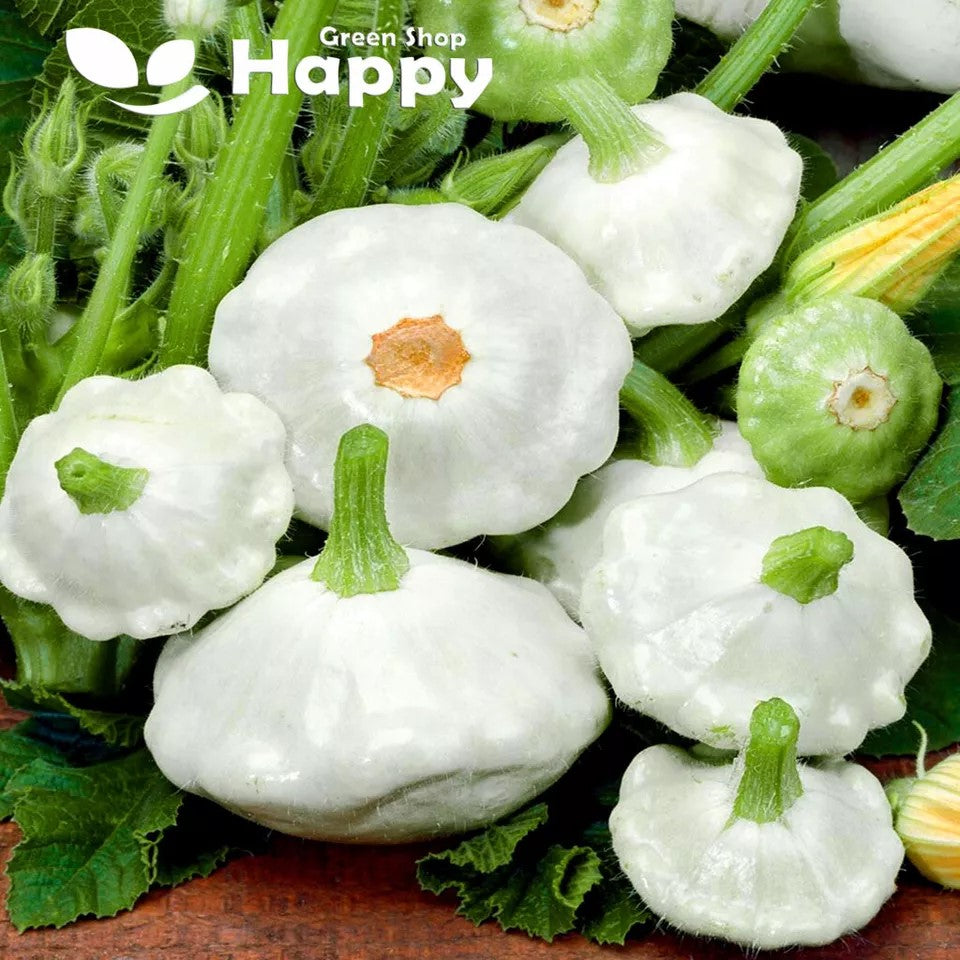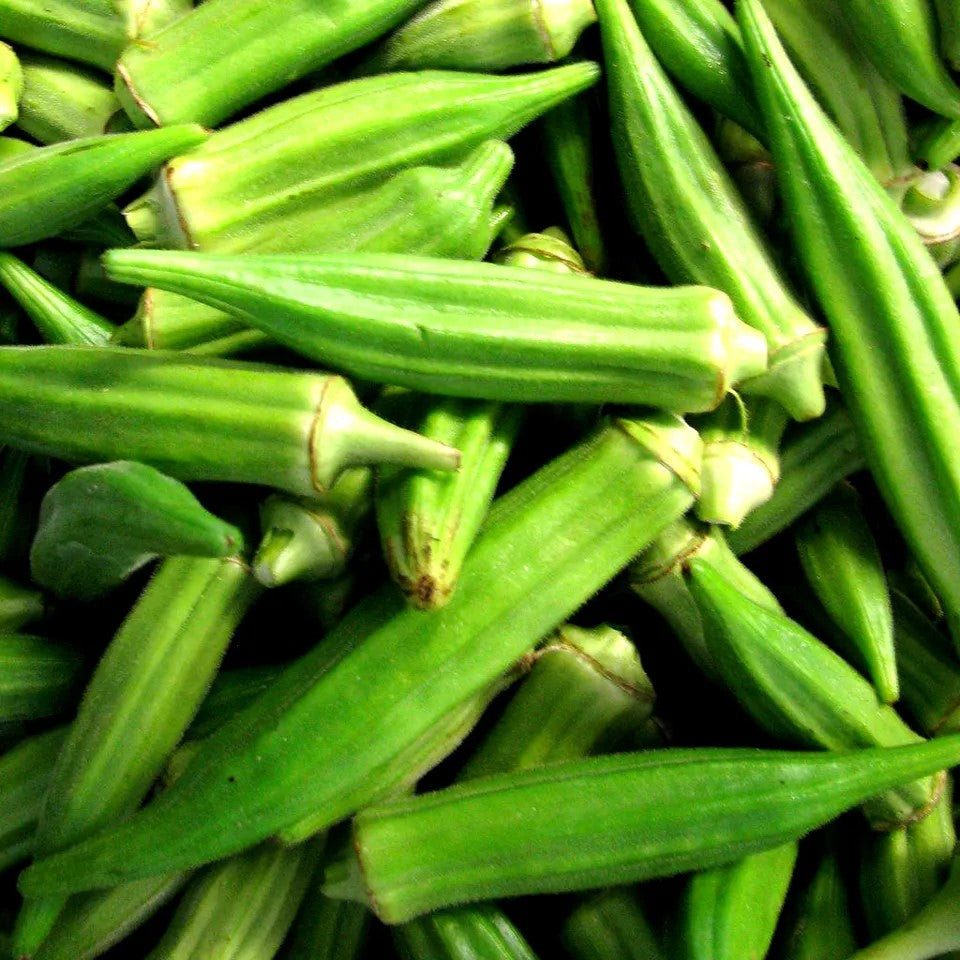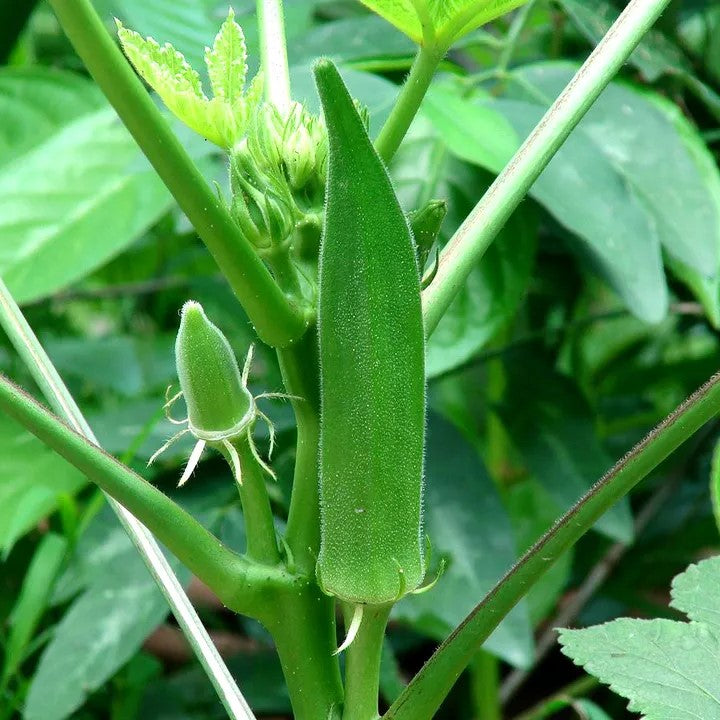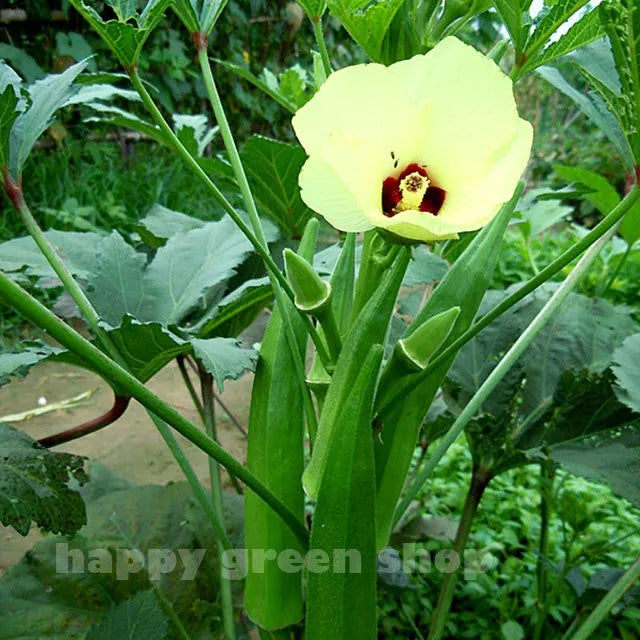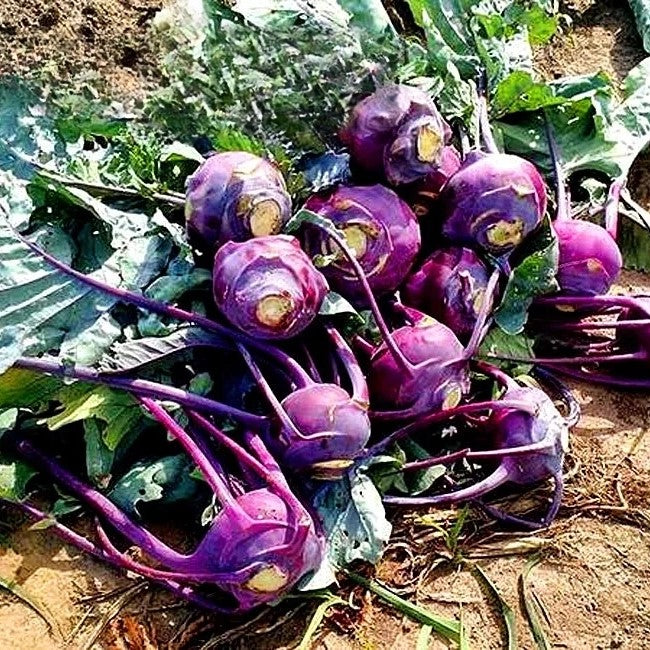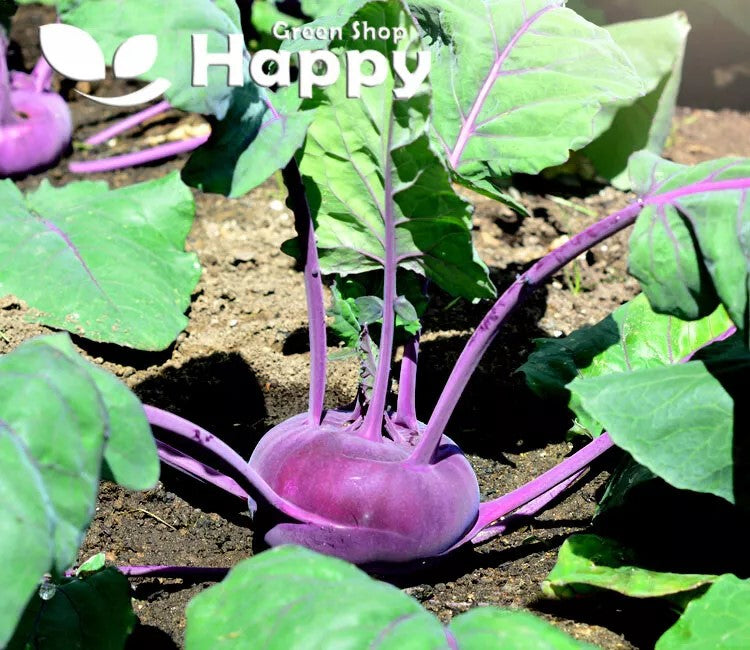Sort by:
22 products
22 products
Tomato 'Black Prince' – Seeds (Solanum lycopersicum)
The Tomato 'Black Prince' is a famous Russian heirloom variety, cherished for its rich, earthy flavor and striking deep reddish-brown fruits. Medium-sized and packed with a sweet yet complex taste, this tomato is perfect for fresh eating, salads, roasting, and sauces. Hardy and adaptable, it thrives in both outdoor gardens and greenhouses, offering consistent yields of uniquely colored fruits.
How to Grow
-
Sow indoors from February to April, 0.5 cm deep in trays or pots.
-
Keep at 18–22°C until germination.
-
Transplant seedlings into larger pots, then outdoors or greenhouse after frost.
-
Support plants with canes or cages to encourage heavy yields.
Key Features
-
Traditional Russian heirloom tomato
-
Medium-sized fruits with deep reddish-brown skin
-
Distinctive sweet, rich, and earthy flavor
-
Reliable yields in greenhouse or outdoor conditions
-
Excellent for fresh eating, cooking, and sauces
Ideal For
-
Heritage vegetable gardens
-
Fresh slicing and salads
-
Cooking, roasting, and preserving
Sowing & Harvest
-
Sow: February to April
-
Plant out: May to June
-
Harvest: July to September
Quick Tip
-
For best flavor, allow fruits to fully ripen on the vine before harvesting.
Sweet Bell Pepper 'California Wonder' Red – Seeds (Capsicum annuum)
Sweet Bell Pepper 'California Wonder' Red is a classic, high-yielding variety producing large, blocky, bright red fruits with a sweet, crisp flavor. Perfect for fresh eating, salads, roasting, or stuffing, it is a versatile addition to any vegetable garden.
This vigorous and productive plant thrives in warm, sunny conditions and is ideal for home gardens, greenhouses, and containers.
How to Grow
-
Sow indoors: February – April
-
Transplant outdoors: May – June, after last frost
-
Depth: 0.5–1 cm
-
Spacing: 40–50 cm between plants, rows 60–80 cm apart
-
Position: Full sun, sheltered and warm
-
Soil: Fertile, well-drained, rich in organic matter
-
Watering: Keep soil consistently moist
Key Features
-
Large, blocky, bright red fruits with sweet, crisp flavor
-
High-yielding and vigorous growth
-
Ideal for fresh eating, salads, roasting, and stuffing
-
Suitable for home gardens, greenhouses, and containers
-
Classic, reliable bell pepper variety
Harvest
-
Harvesting period: July – September
-
Pick fruits when fully colored and firm for best flavor.
Short Tip
Regular harvesting encourages continuous production and prevents fruits from becoming overripe.
Swede – Seeds (Brassica napus)
Swede (also known as rutabaga or Swedish turnip) is a hardy root vegetable that produces large, round roots with golden-yellow flesh and a sweet, earthy flavor. It is an excellent choice for winter storage and a versatile kitchen staple, ideal for roasting, mashing, stews, and soups.
This traditional cool-season crop is easy to grow, highly nutritious, and a reliable addition to any vegetable garden or allotment.
How to Grow
-
Sow outdoors: May – July
-
Depth: 1–2 cm
-
Spacing: 20 cm apart in rows 40 cm apart
-
Position: Full sun
-
Soil: Fertile, firm, well-drained soil enriched with compost
-
Watering: Keep soil moist during dry spells to avoid woody roots
Key Features
-
Traditional root crop with sweet, golden-yellow flesh
-
Excellent for roasting, mashing, soups, and stews
-
Stores well for use throughout winter
-
Hardy and reliable in cooler climates
-
Easy to grow with minimal care
Harvest
-
Harvesting period: October – February
-
Lift roots as needed for fresh use or store for winter months.
Short Tip
Thin seedlings early to give roots space to develop fully.
Squash 'Ambar' Seeds (Cucurbita pepo)
Grow something unique with Squash 'Ambar', a vigorous hybrid variety that produces glossy, dark green cylindrical fruits with excellent texture and flavor. Known for its high yields and uniform fruits, this variety is a reliable choice for both home gardeners and kitchen enthusiasts. Perfect for grilling, roasting, and stuffing, ‘Ambar’ brings versatility and freshness to your summer meals.
How to Grow
-
Sow indoors in April–May or directly outdoors after frost.
-
Use fertile, well-drained soil in full sun.
-
Sow 2–3 seeds 2 cm deep in pots or outdoor stations.
-
Thin to the strongest seedling, spacing 60–80 cm apart.
-
Water regularly and feed for abundant crops.
Key Features
-
High-yielding hybrid squash variety
-
Glossy dark green, uniform fruits
-
Excellent texture and mild, delicious flavor
-
Vigorous, productive plants all season
-
Ideal for grilling, stuffing, or light summer dishes
Ideal For
-
Home gardeners wanting reliable, heavy crops
-
Summer vegetable gardens
-
Fresh, healthy cooking from garden to table
-
Growers looking for uniform, market-quality fruits
Sowing
-
Best time: April to June
-
Depth: 2 cm
-
Spacing: 60–80 cm between plants
-
Position: Sunny, sheltered spot with fertile soil
-
Harvest: From July to September
Quick Tip
-
Harvest fruits regularly when young (15–20 cm) to ensure tender texture and encourage the plant to keep producing.
Red Pear Tomato – Seeds (Solanum lycopersicum)
The Red Pear Tomato is a charming heirloom variety producing clusters of small, pear-shaped, bright red fruits. With a sweet, tangy flavor and firm texture, these tomatoes are perfect for fresh snacking, salads, or adding a decorative touch to dishes. Highly productive and visually appealing, they are a favorite for both garden aesthetics and culinary use.
How to Grow
-
Sow seeds indoors from February to April, 0.5 cm deep in trays or pots.
-
Maintain 18–22°C until germination.
-
Transplant seedlings into larger pots, then outdoors or in a greenhouse after frost.
-
Support plants with stakes or cages to handle heavy clusters of fruit.
Key Features
-
Heirloom pear-shaped fruits in bright red
-
Sweet, tangy flavor and firm texture
-
High-yielding and productive
-
Ideal for fresh eating and salads
-
Attractive ornamental value for gardens and containers
Ideal For
-
Snacking, fresh salads, and garnishes
-
Home gardens and patio pots
-
Heirloom collections and colorful vegetable displays
Sowing & Harvest
-
Sow: February to April
-
Plant out: May to June
-
Harvest: July to September
Quick Tip
-
Pick fruits regularly as they ripen to encourage continuous production and maintain plant vigor.
Patty Pan 'Custard White' – Seeds (Cucurbita pepo)
The Patty Pan 'Custard White' is a striking summer squash variety producing creamy white, scalloped fruits with a tender texture and mild, nutty flavor. These unique squashes can be harvested young for grilling, steaming, and stir-fries or left to mature for stuffing and baking. Both ornamental and delicious, they add variety to your kitchen garden and your plate.
How to Grow
-
Sow seeds indoors from April or directly outdoors from May once the soil has warmed.
-
Plant 2–3 seeds per hole, 2 cm deep, thinning to the strongest seedling.
-
Space plants 60–90 cm apart in sunny, fertile soil.
-
Water regularly and feed for a steady crop.
Key Features
-
Distinctive white, scalloped fruits
-
Tender flesh with mild, nutty flavor
-
Harvest young or mature depending on use
-
Highly productive and ornamental
-
Versatile for grilling, baking, or stuffing
Ideal For
-
Summer vegetable gardens
-
Home cooks seeking versatile squash
-
Decorative harvest baskets and kitchen displays
Sowing & Harvest
-
Sow: April to June
-
Harvest: July to October
Quick Tip
-
Harvest fruits when small and tender for the best flavor and a continuous crop.
Parsley Hamburg 'Alba' – Seeds (Petroselinum crispum)
Parsley Hamburg 'Alba' is a dual-purpose variety grown both for its large, white, parsnip-like roots and its flavorful parsley leaves. The roots are excellent roasted, boiled, or grated raw into salads, while the leaves can be used fresh as a garnish or in cooking. A versatile and easy-to-grow addition to the kitchen garden.
How to Grow
-
Sow outdoors: March – July, directly into well-prepared soil.
-
Thin seedlings to 15 cm apart in rows 30 cm apart.
-
Prefers fertile, light, well-drained soil.
-
Water regularly for strong root development.
Key Features
-
Root parsley variety with sweet, nutty flavor
-
Dual-purpose: edible roots & aromatic leaves
-
Easy to grow and hardy in most soils
-
Stores well after harvest
-
Great for soups, stews, roasting, and garnishing
Ideal For
-
Root vegetable dishes
-
Fresh parsley leaves for cooking
-
Kitchen gardens and allotments
Sowing & Harvest
-
Sow: March – July
-
Harvest: October – December
Quick Tip
For the best roots, loosen soil well before sowing to allow long, straight growth.
Okra 'Clemson Spineless' – Seeds (Abelmoschus esculentus)
Okra 'Clemson Spineless' is the most popular and widely grown okra variety, prized for its tender, spineless green pods and high yields. A warm-season crop, it thrives in sunny conditions and produces long, slim pods that are perfect for frying, grilling, soups, curries, and traditional gumbo dishes. Compact and productive, it’s ideal for home gardens or allotments.
How to Grow
-
Sow indoors: March – May in pots or modules with heat.
-
Transplant outdoors: After last frost when soil has warmed.
-
Soil: Fertile, well-drained soil in full sun.
-
Spacing: 30–45 cm apart.
-
Water regularly during dry spells to encourage pod production.
Key Features
-
Famous spineless okra variety
-
High-yielding and fast-growing
-
Tender, slim pods with rich flavor
-
Heat-loving annual for summer harvests
-
Perfect for gumbo, curries, soups, and frying
Ideal For
-
Kitchen gardens and allotments
-
Sunny, sheltered growing positions
-
Gardeners who enjoy exotic vegetables
Sowing & Harvest
-
Sow: March – May
-
Harvest: July – October
Quick Tip
Harvest pods when young (7–10 cm long) for the best flavor and tenderness. Picking regularly encourages further production.
Kohlrabi 'Violeta' – Seeds (Brassica oleracea)
Kohlrabi 'Violeta' is a striking purple-skinned variety with crisp, white flesh and a sweet, nutty taste. Its unique color and mild flavor make it an excellent addition to both the garden and the kitchen. Perfect eaten raw in salads, grated into slaws, or lightly cooked in stir-fries, soups, and roasts.
This fast-growing crop is hardy, reliable, and suitable for multiple sowings throughout the season. Compact plants make it an ideal choice for small gardens, raised beds, or containers.
How to Grow
-
Sow indoors/outdoors: March – July
-
Depth: 1 cm
-
Spacing: 20–25 cm between plants, 30 cm between rows
-
Position: Full sun or partial shade
-
Soil: Moist, fertile, well-drained soil
-
Watering: Keep soil evenly moist to prevent woodiness and splitting
Key Features
-
Vibrant purple variety with sweet, crisp white flesh
-
Delicious raw or cooked – versatile in salads, stir-fries, and roasts
-
Fast-growing and suitable for repeat sowings
-
Compact plants – ideal for small gardens and containers
-
Attractive crop with ornamental value in the vegetable patch
Harvest
-
Harvesting period: May – October
-
Pick when bulbs reach 5–8 cm in diameter for the best flavor and texture.
Short Tip
For tender bulbs, avoid letting plants become oversized – harvest regularly.
Showing 18/22



